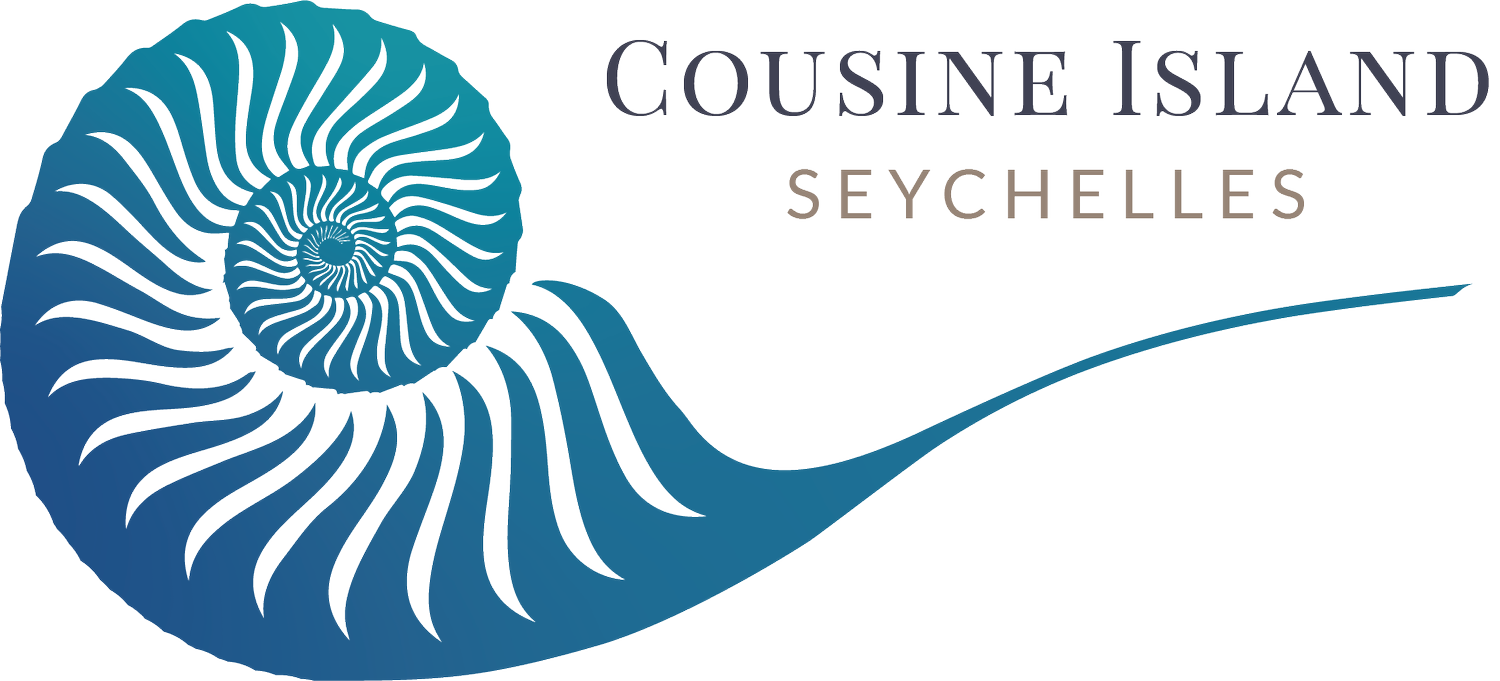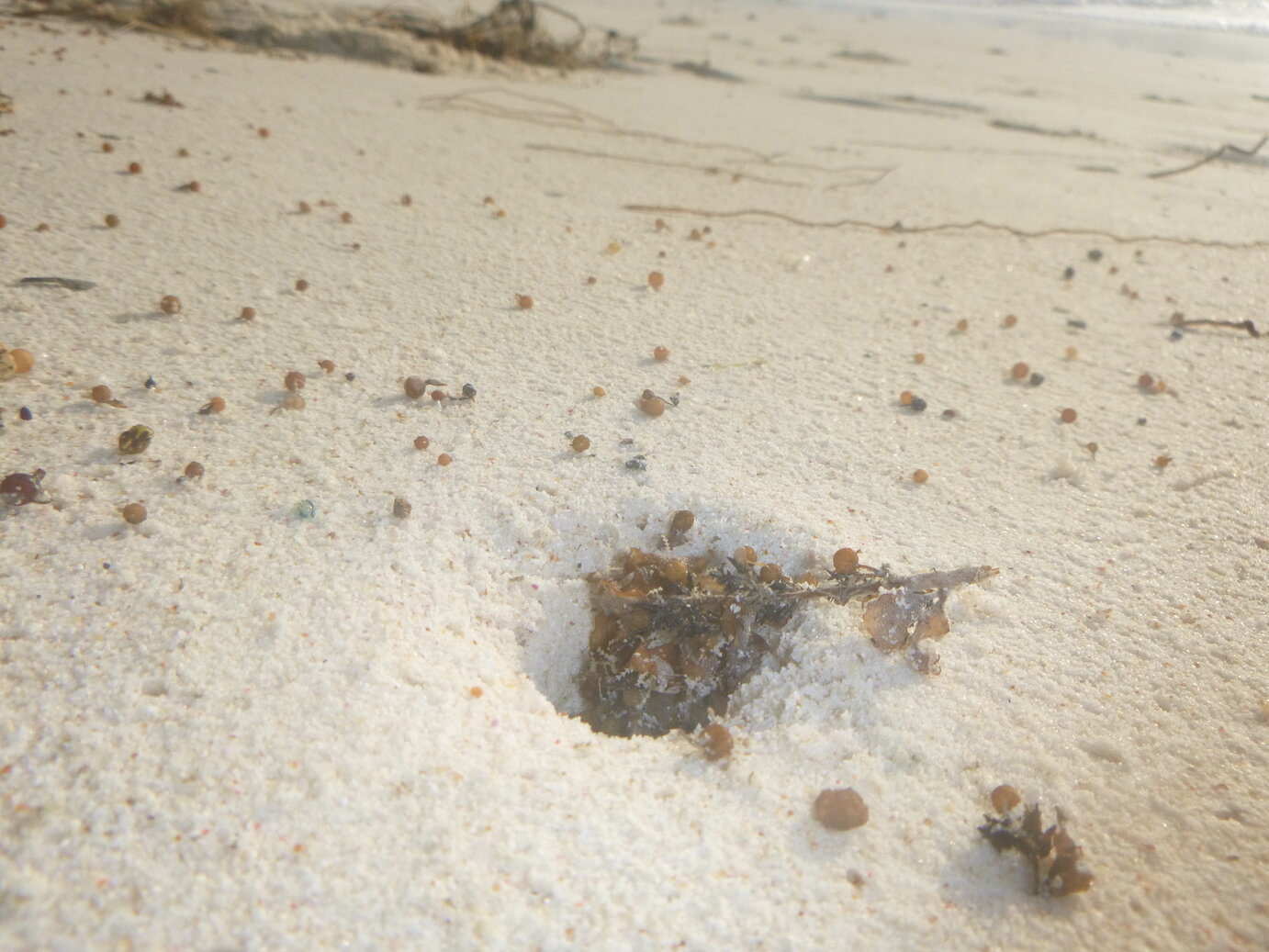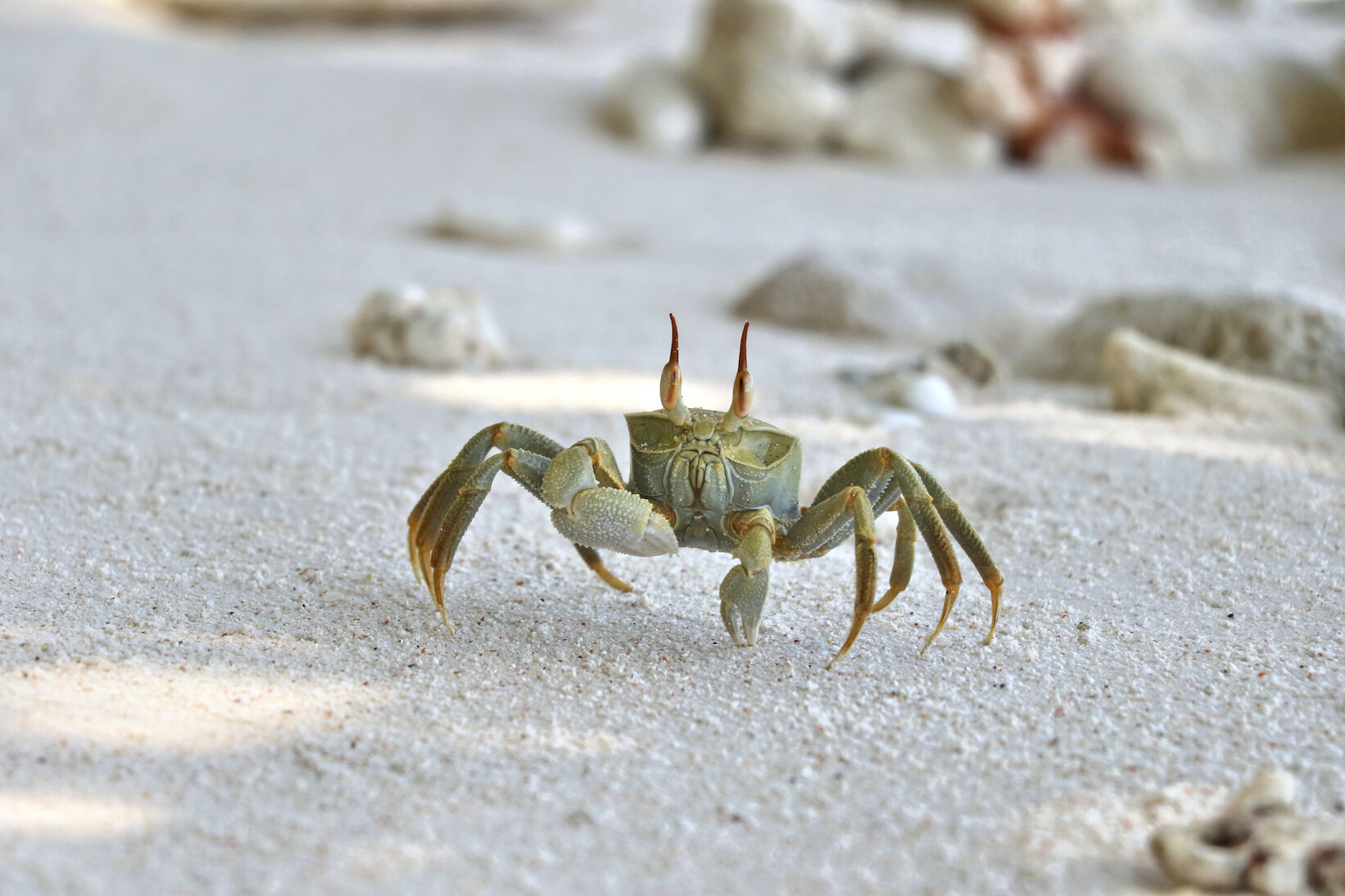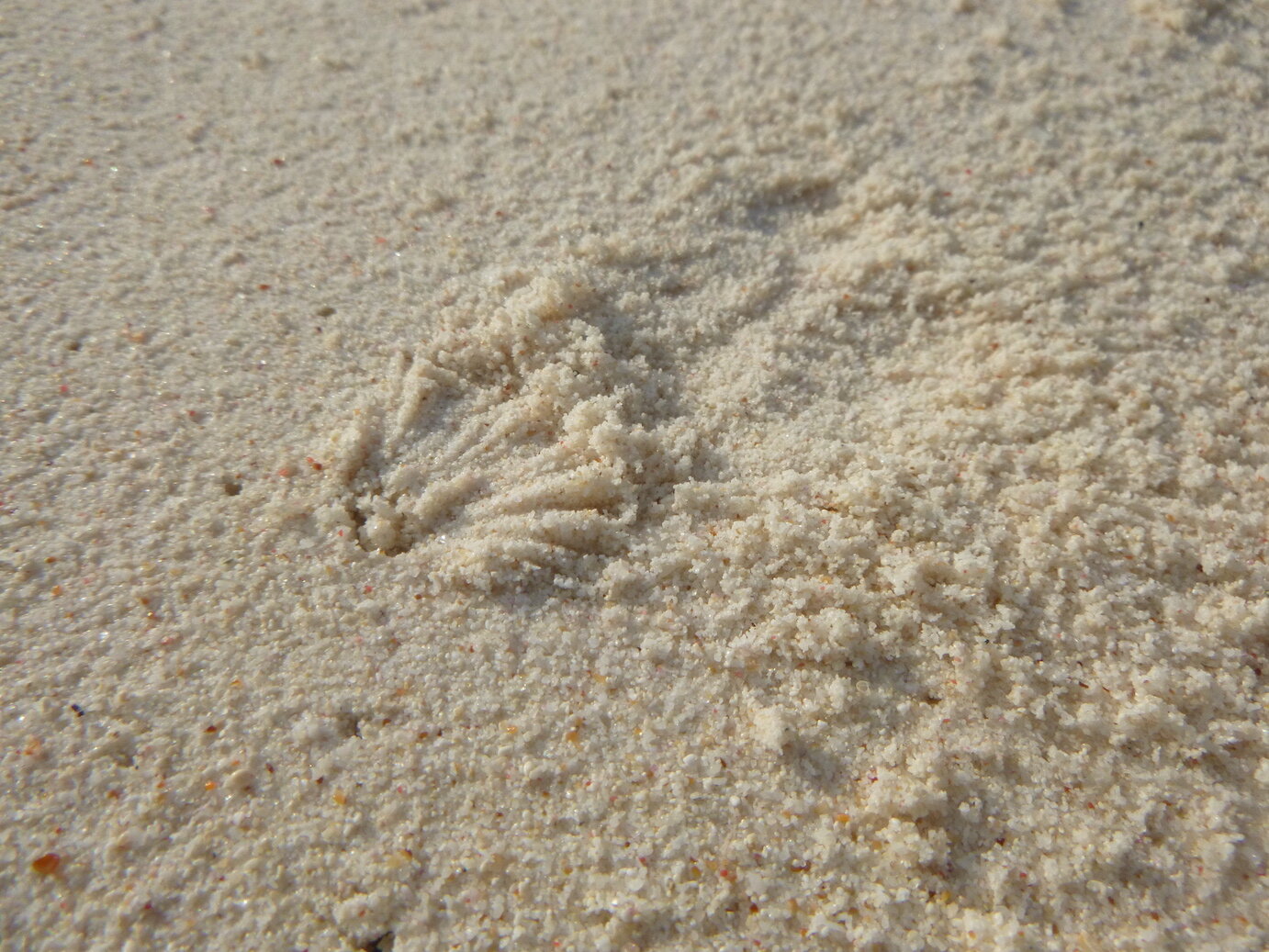THE ENIGMATIC GHOST CRAB
The southeast Trade Winds season has brought a vast number of seabirds back to the Island to breed. The conservation team conducted the annual seabird census in early July and estimated that there were currently over 80 000 breeding pairs (160 000 individuals) utilizing the Island to breed. These are incredible numbers for such a small 26-hectare island, highlighting the important contribution that Cousine Island makes towards the conservation and protection of these important bird species.
Ghost crabs (or Loulou in Creole) are key contributors to a healthy ecosystem and play an important role in cleaning up the beaches. For this reason, they are crucial to a functioning food chain and are known to be ecological indicators of human disturbance.
Ghost crabs are opportunistic scavengers that eat anything from fallen fruit, plant material, marine debris, dead and decaying animals to live turtle hatchlings.
There are three different types of ghost crabs found on Cousine Island’s beach the horned ghost crab, the chunky ghost crab and very rarely, the pink ghost crab.
The horned ghost crab (Ocypode ceratophthalmus) get their common name from the stalks on their eyes, which look like little horns. These stalks only start to develop once the carapace width has reached approximately 25cm. Juvenile horned ghost crabs do not have these ‘horns’.
The chunky ghost crab (Ocypode cordimana), is distinguishable from the horned ghost crab by their lack of ‘horns’ and sturdier looking appearance.
The pink ghost crab (Ocypode eyderi) was only discovered on the island in 2002 and was the first record for this species in the Seychelles.
Interestingly, when walking the beach during the day, you will often find many of the smaller ghost crab burrows covered with beach sand in a pattern created by their pincers. This is done in order to protect themselves and their borrows from the heat of the day. In contrast, larger ghost crabs are known to pull seaweed or other marine debris into the borrow to create the same effect.





